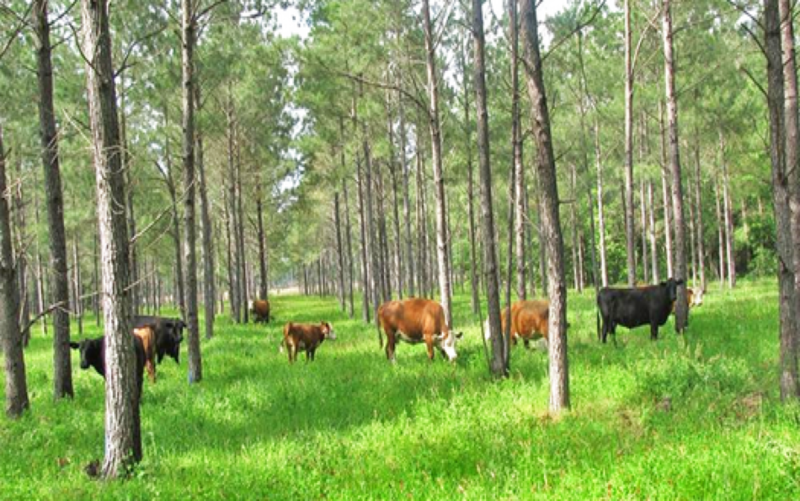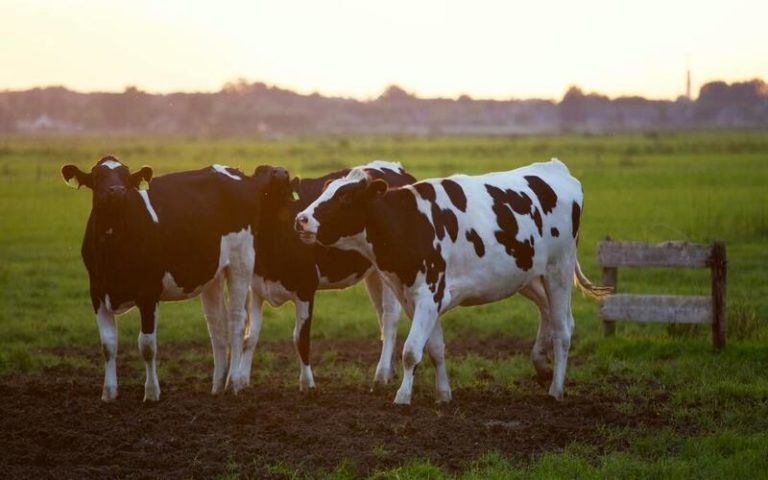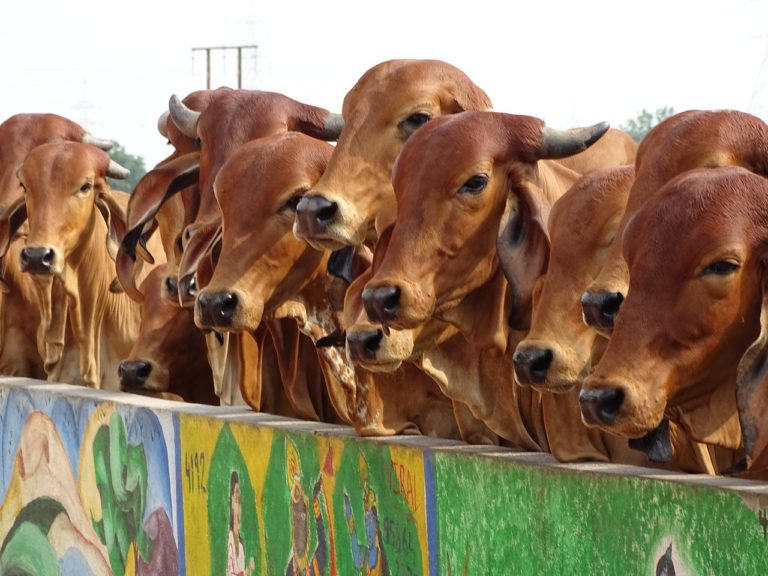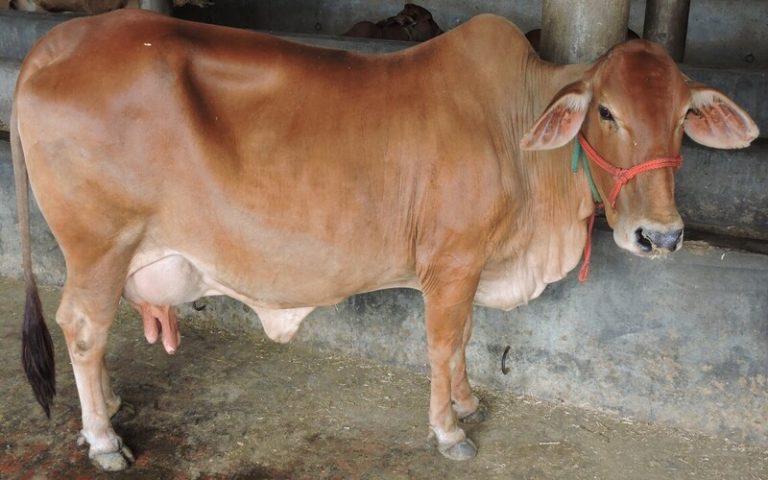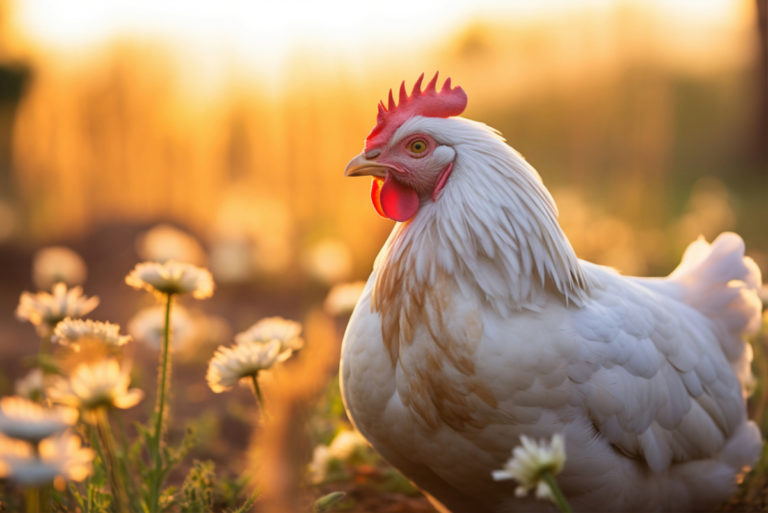Silvopasture: The Future of Livestock Farming?
Silvopasture is a sustainable land use system that integrates trees, livestock, and forage crops in a single land area. This system provides a variety of benefits, including improved soil health, increased biodiversity, and additional sources of income for farmers.
In this article, we’ll look at the idea of silvopasture in more depth, talking about its benefits, how it works, and the best ways to use it.
Benefits of Silvopasture
Silvopasture offers numerous benefits for both farmers and the environment. Here are some of the most significant benefits of silvopasture:
Improved soil health: By integrating trees, livestock, and forage crops, silvopasture can help improve soil health. Trees can help stop soil from washing away, improve the soil’s structure, and make it more fertile. Livestock can help provide natural fertilizers.
Increased biodiversity: Silvopasture can help increase biodiversity on the farm, providing habitat for wildlife and insects. The combination of trees, livestock, and forage crops can create a diverse ecosystem that supports a range of species.
Sequestering carbon: Trees are known for being able to take carbon dioxide out of the air. Farmers can help lessen the effects of climate change by planting trees as part of a silvopasture system.
Additional sources of income: Silvopasture can provide additional sources of income for farmers through the sale of timber, fruits, and nuts. This can help to diversify the farm’s revenue streams and increase profitability.
Improved animal welfare: Livestock in a silvopasture system can benefit from access to shade and shelter provided by the trees. This can help improve animal welfare and reduce the risk of heat stress and other health issues.
Reduced need for inputs: By using natural fertilizers and incorporating diverse forage crops, silvopasture can help reduce the need for synthetic fertilizers and pesticides, leading to reduced input costs.
Resilience to climate change: Silvopasture can help build resilience to the impacts of climate change, such as drought and extreme weather events. The trees in a silvopasture system can help to regulate water flows and reduce soil erosion, while the diverse forage crops can better withstand the effects of climate variability.
Overall, silvopasture is a sustainable and self-renewing way to farm that can help farmers, the environment, and society as a whole in many ways.
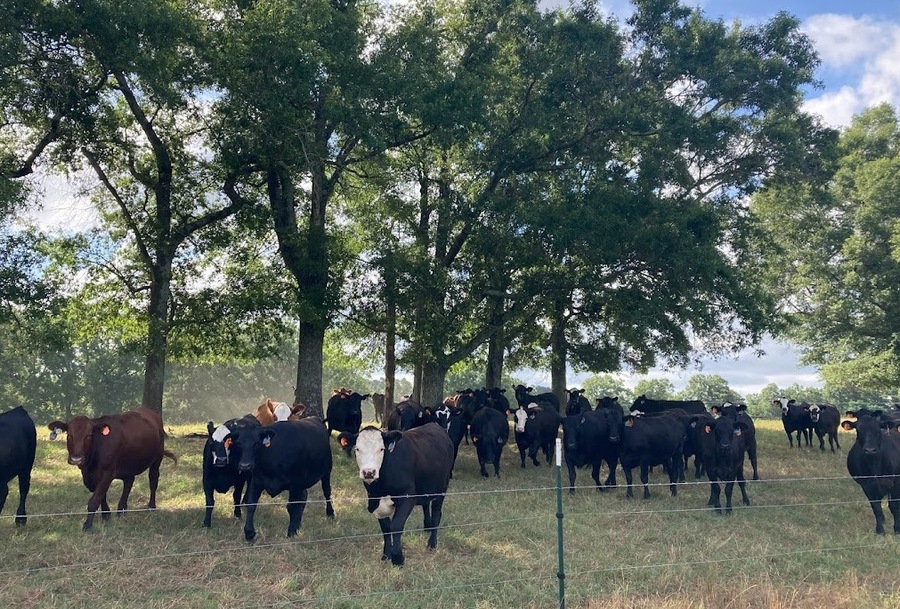
Implementation of a Silvopasture System
The implementation of a silvopasture system requires careful planning and management. Here are some key steps and considerations for successful implementation:
Assess the site: The first step in implementing a silvopasture system is to assess the site. This involves evaluating the local climate, soil conditions, topography, and existing vegetation. Farmers should also consider the type of livestock they intend to raise and their nutritional requirements.
Select tree species: Once the site has been assessed, farmers should select appropriate tree species for the local climate and soil conditions. The trees should be chosen based on how well they can provide shade and shelter for animals and how well they can grow wood, fruit, or nuts.
Plant trees: The next step is to plant the trees in a way that allows for easy access for livestock while also providing sufficient shade and shelter. The trees should be planted in rows or clusters, leaving enough space for the forage crops to grow.
Choose forage crops: Farmers should select appropriate forage crops that can thrive under the shade of the trees. These crops should be chosen based on the nutritional needs of the livestock and the local climate. For example, grasses and legumes can be used to feed livestock, and fruit and nut trees can be used to bring in extra money.
Manage the system: To ensure the success of a silvopasture system, farmers need to manage it carefully. This includes regularly trimming the trees to help them grow in a healthy way, making sure the animals don’t eat too much grass, and conserving the soil to keep it healthy.
Start small and scale up: Farmers should start small and gradually scale up their silvopasture system. This allows them to learn from their experiences and make adjustments as needed.
Seek out training and resources: To ensure the successful adoption of a silvopasture system, farmers should seek out training and resources to help them learn the skills and knowledge needed to manage the system effectively.
Overall, the successful implementation of a silvopasture system requires careful planning, appropriate species selection, and effective management.
Farmers can use their land in a way that is good for the environment and their bottom line if they follow these steps and look for training and resources.
Best Practices for Successful Adoption of a Silvopasture System
The successful adoption of a silvopasture system requires a combination of knowledge, skills, and good management practices. Here are some best practices for ensuring the successful adoption of a silvopasture system:
Start with a solid plan: Before implementing a silvopasture system, it is important to develop a solid plan that takes into account the local climate, soil conditions, and the specific needs of the livestock and forage crops. The plan should also consider long-term goals, such as income generation and environmental sustainability.
Choose the right tree species: The success of a silvopasture system depends on the selection of the right tree species. Farmers should choose species that are well adapted to the local climate and soil conditions and that can provide shade and shelter for the livestock as well as potential income from timber, fruit, or nuts.
Select appropriate forage crops: Farmers should select appropriate forage crops that can thrive under the shade of the trees, providing grazing for the livestock, and additional income from fruit and nut trees.
Practice good grazing management: Proper grazing management is essential for the success of a silvopasture system. Farmers should carefully monitor the grazing intensity to prevent overgrazing, which can damage both the trees and the forage crops.
Practice good tree management: Proper tree management is also critical for the success of a silvopasture system. Farmers should regularly prune the trees to help them grow well and improve the quality of the wood or fruit they produce.
Use natural fertilizers: To maintain soil health and reduce the need for synthetic fertilizers, farmers should use natural fertilizers, such as animal manure, to provide nutrients to forage crops.
Control pests and diseases: To keep the trees and forage crops healthy, it is important to keep pests and diseases under control. Farmers should use integrated pest management practices to reduce the need for synthetic pesticides.
Seek out training and resources: To ensure the successful adoption of a silvopasture system, farmers should seek out training and resources to help them develop the knowledge and skills needed to manage the system effectively.
By doing these best things, farmers can set up a silvopasture system that is good for the environment and good for their bottom line.
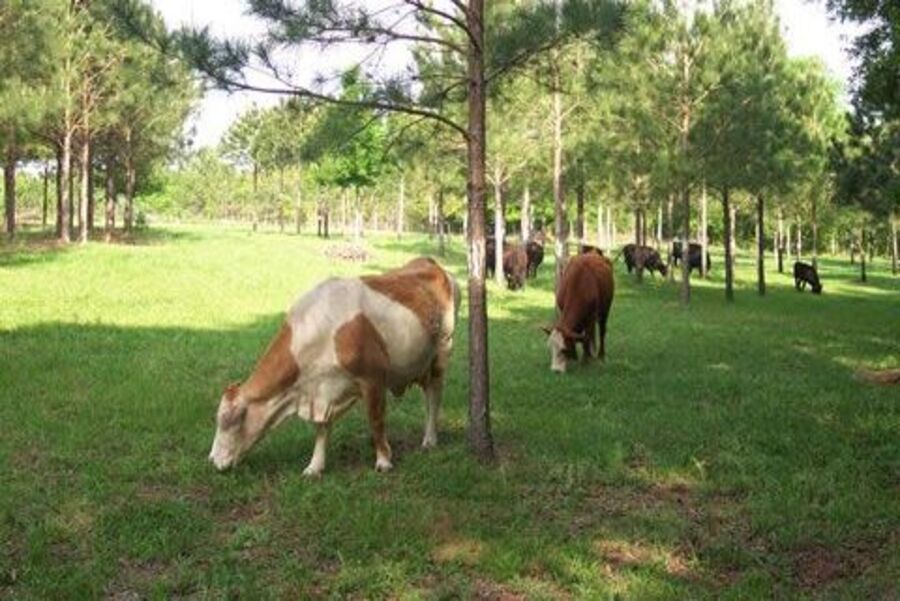
Conclusion:
Silvopasture is a sustainable and regenerative agricultural practice that offers numerous benefits for both farmers and the environment. By integrating trees, livestock, and forage crops, farmers can improve soil health, increase biodiversity, and generate additional income streams.
With careful planning and management, silvopasture can be a viable option for livestock farmers looking to improve their land and increase profitability.
By following the best practices outlined in this article, farmers can successfully implement a silvopasture system and reap the benefits of this sustainable land use practice.
Silvopasture is not just the future of livestock farming but also an important step towards a more sustainable and regenerative agriculture industry.
Also Read :-
Ayrshire Cattle: The Resilient and Adaptable Breed for Sustainable Dairy Farming

